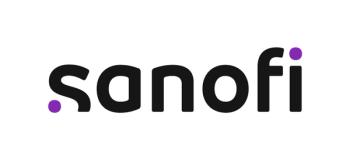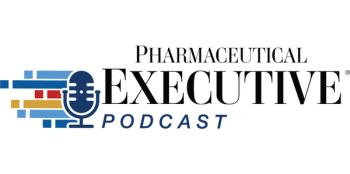
The Sunshine Act: Cloudier Still?
With the recent release of the Patient Protection Sunshine Act (PPSA), the Center for Medicare and Medicaid Services (CMS) has established reporting requirements to ensure that drug manufacturers properly disclose payments to physicians in areas of research, continuing medical education, etc.
With the recent release of the Patient Protection Sunshine Act (PPSA), the Center for Medicare and Medicaid Services (CMS) has established reporting requirements to ensure that drug manufacturers properly disclose payments to physicians in areas of research, continuing medical education, etc. However a key uncertainty is the issue of state pre-emption. While state and local laws that reference requirements mentioned in the act are preempted by it regardless of the format in which they’re reported, states may still ask for these requirements separately for public health and/or oversight purposes, and any reporting requirements explicitly excluded or not mentioned within The Sunshine Act can still be requested by states and municipalities. Additionally, CMS is still seeking to assess these preemptions on a case-by-case basis. So will the Sunshine Act end up fulfilling its original intent in consolidating state disclosure laws into one overarching federal statute, or will it serve to perpetuate – even further complicate – the US compliance landscape for big pharma?
The commentary included in the law echoes industry concern that more clarity is needed to ensure that preemption is not applied ‘too narrowly’. While the law may not be the best news for pharma, “it’s better to have one burdensome statute than to have 50 different ones with variable impacts; a statute that at least imposes uniformity across states has value,” as John Kamp, Executive Director for the Coalition for Healthcare Communication put it to Pharm Exec. CMS responded to the issue by promising guidelines to clarify the preemption requirements, while at the same time adding a confusing caveat that state preemptions would be evaluated on a case-by-case basis. Kamp warns, “This case-by-case clause is a flag to industry that says, ‘This may not be over’.” Such a contingency gives the CMS the flexibility to gauge how Federal Reporting actually works and then to adjust its actions accordingly, versus simply living with the reality of what States currently do in their own reporting.
Alternatively, The Sunshine Act may have the effect of doing away with the clash that state laws present against the status quo in Washington. In January, Minnesota repealed its physician payment disclosure laws in anticipation of the Sunshine Act’s release. “There’s an element of logic that dictates states will fall back on the federal statute and reinforce the complexity of Sunshine as it is,” says Saul B. Helman MD, Managing Director and Life Sciences segment leader at Navigant Consulting, a company that advises life science companies on issues of compliance.
“On the other hand,” he counters, “states may realize that they require disclosure for payments that are not included in the federal Act, or that they may require different thresholds and additional areas of reporting.” For instance, if a state decides that CMS’ defined list of teaching hospitals fails to include facilities that that state’s government pays for to provide services, more specifically the prescribing of medical products, it may prompt further requirements to be introduced. As Helman puts it, there’s an ambiguous ‘wait and see’ period as to how states will respond on this issue.
The bottom line is that compliance remains a dynamic area, especially with the possibility of stepped up international requirements being introduced to the mix in the future. For now, the Act urges that companies continue to comply with state and local authorities in their reporting requirements until August 1st, when the federal requirements take effect.
Newsletter
Lead with insight with the Pharmaceutical Executive newsletter, featuring strategic analysis, leadership trends, and market intelligence for biopharma decision-makers.




